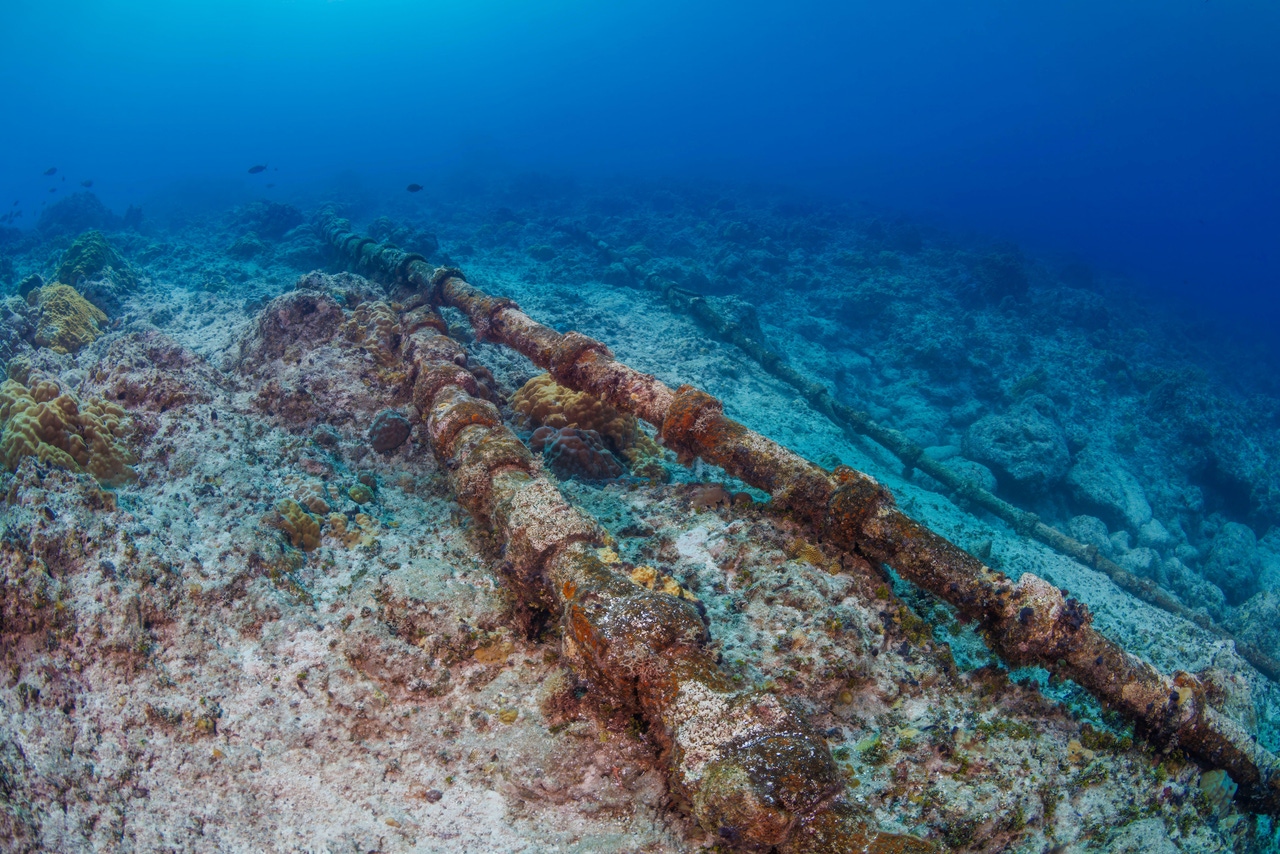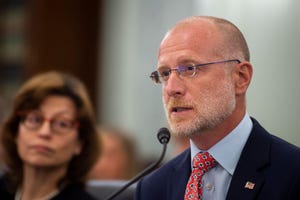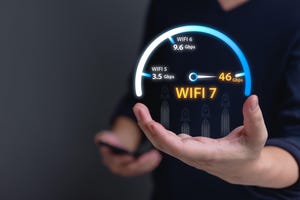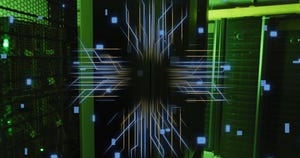Amazon, Meta and Google Plan Subsea Cable ExpansionAmazon, Meta and Google Plan Subsea Cable Expansion
Companies are investing heavily in new subsea cable infrastructure to enhance global connectivity and support their data center operations.
February 7, 2025

After a year peppered with news about subsea cable cuts, Amazon, Meta and Google are planning new cabling systems for 2025, spending big to boost critical infrastructure for enterprises.
Amazon Ireland filed for a license to land a cable connecting Ireland to the U.S. Meanwhile, Meta is planning an international subsea cable network, and Google expects to expand its already extensive undersea infrastructure.
Amazon's latest
In January 2025, Roderick Beck broke the news of the Amazon-Ireland cable filing on LinkedIn and his blog. Beck's Luminous Real Estate and Telecom OU is a brokerage that handles subsea and terrestrial networks. Amazon has not yet confirmed the venture.
According to Beck, Amazon is considering landing the subsea cable near Castlefreke on Ireland's South Coast in county Cork along a stretch of beach called the Strand.
In addition to connecting two longtime trading partners and allies, Beck said the planned Amazon cable could provide sorely needed physical diversity -- at least on the terrestrial side to the Irish Sea and older Atlantic cables, such as Hibernia North and South and AC1.
"I can never emphasize enough how much money Amazon loses if it cannot serve its customers for even just a few seconds," Beck said in his blog.
Key data centers in Ireland
Ireland is a critical hub for Amazon. The company's data centers serve not only Ireland but also Europe for retail e-commerce. Beck estimated that Amazon has at least the following data centers in Ireland:
Seven in operation or planned at Cruiserath Road, Dublin.
Five in Clonshaugh Business Park, where EXA Infrastructure has its cable landing station.
Three in Blanchardstown Business Park.
Beck said he believes Amazon's Ireland-U.S. link will be based on a 12-fiber pair spatial-division multiplexing cable.
What is Google doing?
Google, meantime, is the world's largest owner and investor in submarine cable networks, according to Submarine Networks. Between 2016 and 2018, Google invested $47 billion to improve its Google Cloud infrastructure to 134 points of presence and 14 subsea cable investments worldwide.
In 2020, Google announced the Grace Hopper subsea cable, linking the U.S., U.K. and Spain. In 2023, it announced the Nuvem transatlantic subsea cable, connecting Portugal, Bermuda and the U.S. Finally, in November 2024, Google introduced its plans for Australia Connect, building on its existing Pacific Connect infrastructure.
Meta plans to join the fray
Meta, the parent of Facebook, Instagram and WhatsApp, is the second biggest driver of internet usage globally. In late November, TechCrunch reported Meta's plan to build a fiber-optic subsea cable extending around the world. According to TechCrunch, Meta is slated to spend as much as $10 billion to build the 40,000-plus kilometer network.
Higher stakes
The global subsea cable network underpins worldwide communications, carrying 95% of all intercontinental data traffic and an estimated $10 trillion of daily financial transactions.
Recent and suspicious cuts in the Baltic Sea have renewed focus on the precarious condition of existing networks. Repairs are time-consuming, and the specter of rising insurance rates is fueling action from various organizations to find ways to avert and deal with cable cuts. These organizations include the U.N., NATO, the International Telecommunication Union and the International Cable Protection Committee.
For example, NATO introduced Project HEIST to create a system that routes data from underwater cables to satellites during outages and cuts. This plan promises a new approach to avoiding future service disruptions.
In the meantime, the prospect of newer, higher-capacity subsea cables entering the market should benefit enterprises and service providers.
Read more about:
Subsea CablesAbout the Author
You May Also Like




